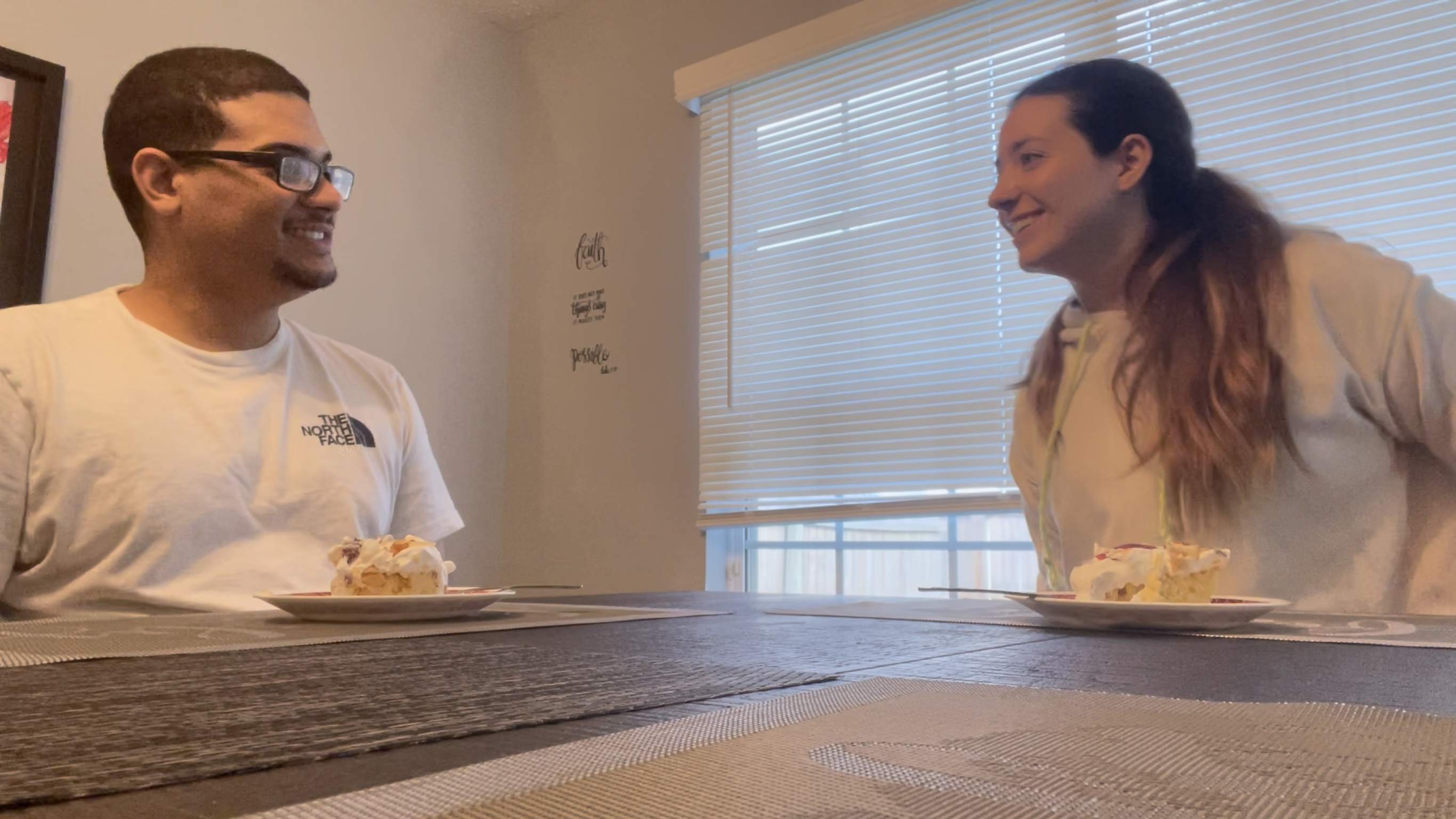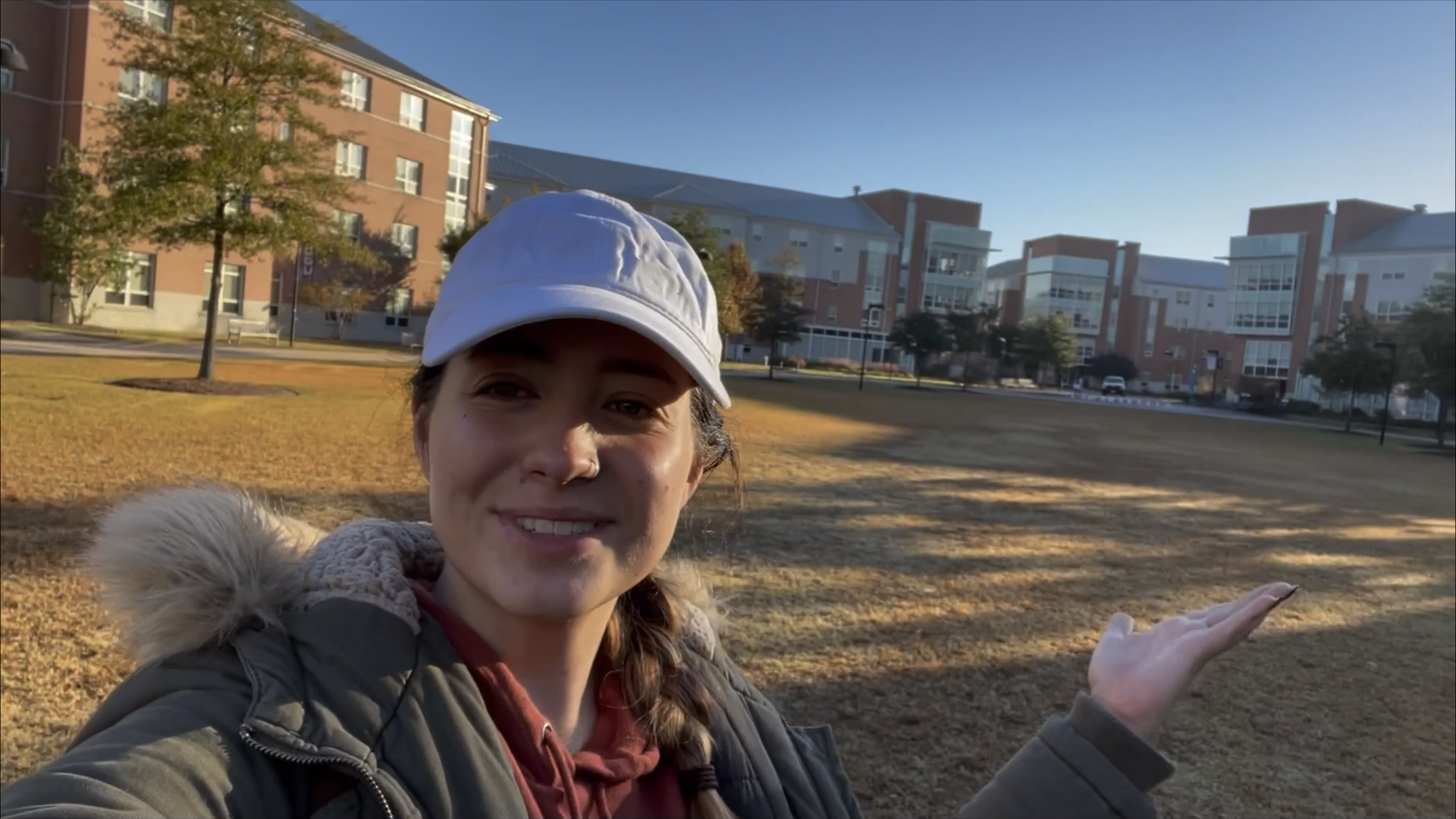Exploring Culture
Talking to Spanish-speakers from different countries was the most helpful in learning different perspectives and dialects of the language. It helped me learn how formal or informal a country’s customs were. I’m a foodie, so eating at different Latino restaurants was very interesting and exciting, because each was very different. Dominican and Columbian restaurants had more prepared dishes, where as Mexican restaurants were more similar to street food.
By speaking to those from different cultural backgrounds, I learned a little more about what they value and their traditions. I learned that in PR culture, children don’t tend to leave their parents’ house for a very long time, even beyond college since they enjoy living together. My good friend’s parents don’t want him to move out yet and actually want his sister to move back in. I learned that in the DR and Columbia, cooking is a big part of the household, and that meals together are very important and special. I didn’t have any cultural stereotypes or misconceptions to break through since I’ve known my good friend for a very long time and have been exposed to Puerto Rican culture before.
I think one of the biggest challenges was working around the different Spanish dialects. For example, my boyfriend, who is Dominican-Columbian, doesn’t pronounce the “elle” as much as say Puerto Rican’s do. When we speak Spanish with our favorite bartender at the Mexican bar and grille, I notice more r-rolling and they speak much faster. It doesn’t change how I speak my Spanish necessarily, but it changes how I hear it.
Engaging in Communities
Being engaged in local Hispanic communities can be a very spiritually rewarding experience. It’s great to experience a culture outside of your own, and it can give you many different perspectives that you ordinarily wouldn’t be exposed to. It also helps out those in need within those communities.
Unfortunately, being a full time college student with a part time job, I was not able to participate within these communities. However, that is something I would like to do in the future, especially since my boyfriend has previously been involved in them and even started the very first one in his command when he was in the Navy, exposing everyone on the ship to a new culture. I have had to use Spanish at work, which I’ve found means a lot to those who struggle with English and makes them feel included. It’s also great conversational practice for me.
Interpersonal Communication
The oral/audio activities in this course were extremely helpful. Each one was different and required knowledge of different vocabulary and grammar. I enjoyed having a guide that gave me an idea of what to talk about, and that was beneficial to the creation of any scripts or guided talking points. It made me have to focus on pronunciation and the way that I spoke with appropriate tonal fluctuations.
The interpersonal communication activities were probably the most nerve wracking, but they were the ones I learned the most from. Repetition is key for me, so the more spontaneous talking I have to do, the more I retain that information and how to do it again in the future. It also built up my confidence more, which is something that I struggle with when speaking to a native Spanish-speaker. Luckily, the people I spoke to are more than happy to help and offer corrections or advice, since it seems they’re just glad that I’m at least trying my best and practicing. Sentence structure and grammar are the most difficult things about learning a new language, and I find myself focusing pretty heavily on that when I speak. Compared to the beginning of the semester, I would say that’s where I’ve grown the most.

Presentational Speaking
The presentational speaking activities were probably the easiest since I had time to prepare and what I was going to say, as well as making sure they were grammatically correct. It also helped that I could redo a take if I messed something up.
Doing this presentation reinforced how to describe places and things and state how I felt about it. This was probably the most enjoyable since it felt more personal for me. Admittedly, trying to think of enough descriptors and use them in more diverse sentences was challenging, but I think with more spontaneous practice, that will improve.

Presentational Writing
These weren’t the most difficult tasks, but they weren’t the easiest. If I came prepared and had an idea of what the written prompts would be, I felt more confident and had a better idea of what to say and how to make it flow well. If I wasn’t prepared, or not as comfortable in a certain topic, then it was more challenging to think of what to write down. When I was writing out of class, of course it was easier because I could check my work against my notes and resources like google translate to make minor corrections. It was very beneficial though, since it helped me understand how to sound out words and accents and use those accents appropriately. Something I do to help improve is to text in Spanish and write out the words in my notes multiple times and write down example conversations.
Interpretive Listening
I would say this was the most difficult! Everyone speaks differently with different accents, so this made it interesting yet a little fun. The interviews with my professor could be difficult, but being asked random questions was the most beneficial challenge for me in the entire course.
I was asked questions like where I was or would be, what I or someone does, how old I am, where I’m from, etc. As the semester progressed, I learned what key words or parts of words to listen for to know the context. This helped me not stress about knowing every single word in the question and getting confused, but rather listening for important small pieces of information so I can answer quickly. This was the most useful part of the course for me, because if I were to ever visit a Spanish-speaking country, I can manage my way through by not listening to every word, but listening to interpret. To practice more, I had my boyfriend and close friend ask me questions frequently in Spanish. Something I can do to improve my interpretive listening is to listen to Spanish podcasts and music and watch kids Spanish shows.
Interpretive Reading
The majority of the interpretive reading activities were fictional messages, letters, or conversations that we had to fill in the blanks. Of course we haven’t learned every word in there, so reading for key clues and words was really important. We would also read paragraphs out loud in class and try to decipher them as we read them.
Unlike with interpretive listening, I can take the time to reread the prompts and translate most of it, with the addition of Google Translate as a supplement. I still read for interpretation the first time I read a prompt, but if I’m confused I don’t feel as pressured. Something I can do to do better in interpretive reading is to read simple things, like kids Spanish books.